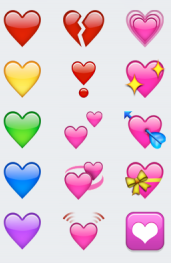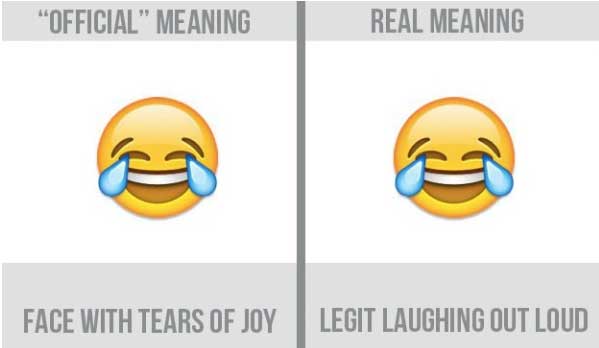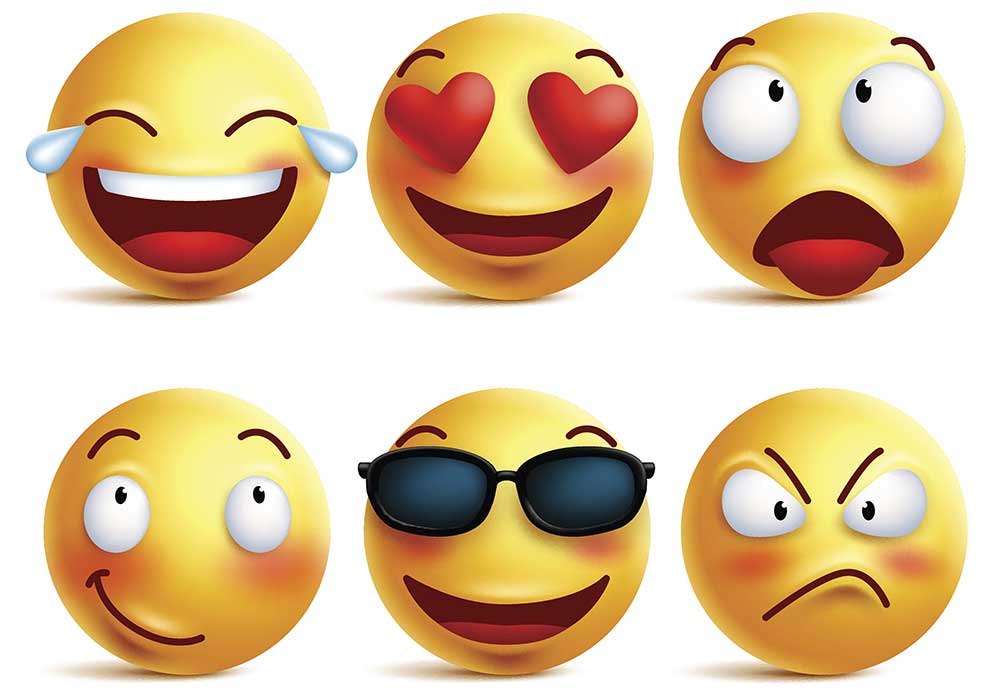
The Use of Emojis in Market Research
Filed Under: Best Practices, Data Trends, Market Research

Erika Hammer

Less than 10 years ago, I remember observing real-time combination qualitative/quantitative research via an IQ study we were conducting for a client, when the ‘<3’ emoji came up in one of the respondents answers. At that time, there were a few people who weren’t sure what it meant (“technically” being a millennial – barely! – I was of course familiar). Back then, that was about all we had in regard to emojis – someone had to be creative enough to come up with an illustration using regular keyboard characters. Now, there’s a vast library of these emojis that can be found on most devices, and the number continues to grow. So instead of using simple keyboard symbols and numbers to depict ‘<3’ as a heart, we now actually see a real heart- and not just a red heart – there are hearts in various colors, styles, etc.
Emojis continue to become more mainstream and an accepted form of communication. Almost everyone (even my dad!) knows how to use emojis. Their application in the current Chevy Cruze commercial, where participants are asked what they think of the new Chevy Cruze and are only allowed to respond with emojis, had this market researcher interested. I mean, it’s not often that commercials feature market research!
So, is it legit? Maybe – but we probably still need some context (and perhaps discussion), just as in the commercial. After all, the “real meanings” behind emojis often don’t match the meanings users give to them. Just take a gander at emojipedia.org (yes, it’s a real thing!) to see how the official meanings of the emojis differ from how individuals actually use them. Here’s just one example:

Can these be used in market research beyond the qualitative research we see in the Chevy commercial? They certainly can, but, again, it is important to give the appropriate context and meaning of the emoji in each case. In the Chevy commercial, each respondent was able to explain why they chose a particular emoji and tell the story behind it. And back before emojis were commonplace, we at C+R had our own way of using images when conducting kids’ research. In addition to using these images for scales, it was important to always provide context in the form of descriptors which worked well back then and continues to now.
So, I can see applying emojis in our research, including surveys – as long as we’re sure to define the meaning – just as we would with traditional rating scales. It could be of interest to you to conduct a little experiment using emojis in one piece of market research and a traditional method in another to see how the results compare!

